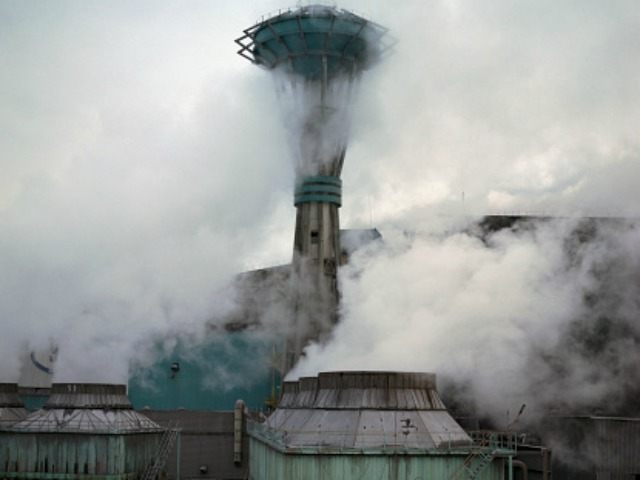In his long-awaited encyclical letter on the care of creation, set to be released Thursday, the Pope has insisted that he is addressing the whole world, so everyone will “grow in responsibility towards the common house that God has entrusted to us at all.”
At the same time, a quick glance at pollution around the globe reveals a very uneven landscape, with most of the great environmental offenders belonging to the so-called Third World, and a surprising number to the Communist archipelago.
The Pope has insisted that the poor are the ones who suffer most from systematically trashing the environment, and there certainly does seem to be a remarkable correlation between poverty and pollution.
Among the “25 most polluted places on earth,” in fact, more than one quarter turn out to be in the ex-Soviet republics, with Russia itself at the head with three of the world’s most polluted spots.
The Siberian city of Norilsk, for instance, houses the largest smelting complex in the world. The pollution is so bad that the average life expectancy there is nearly 10 years less than in the rest of Russia and trees will not grow within a 30-kilometer radius of the city. The Russian city of Dzerzhinsk is even worse. It was named the world’s most chemically polluted city by the Guinness Book of World Records, and it has one of the lowest life expectancies in the world at approximately 45 years. Russia’s Lake Karachay, on the other hand, was used as a nuclear dumping site for years, and several times has been declared the most polluted place on Earth. Reportedly, just an hour of exposure near the lake would be fatal.
Along with Russia itself, during their 70-year reign the Soviet Empire also managed to seriously contaminate the republics under its boot, with four of these—Kyrgyzstan, Ukraine, and two in Azerbaijan—making the list of the 25 most polluted places on the planet.
Mailuu-Suu, in ex-Soviet Kyrgyzstan, contains one of the largest radioactive waste dumps in all of Asia, and its severe contamination is compounded by a series of unstable uranium tailing pits in the hills surrounding the city.
As the site of the worst nuclear accident in history, Chernobyl is an infamous household word. After the disaster in 1986 most of the town’s 14,000 residents moved away and it is still mostly uninhabited due to radiation and fallout.
The former Soviet republic of Azerbaijan is home to both Baku and Sumgayit, two more of the 25 most polluted locations on the globe. Azerbaijan’s capital of Baku suffers from extreme pollution as a result of shipping and drilling of petroleum, while the 40 or so industrial complexes in and around Sumgayit have created a dangerously toxic environment.
Communist China also boasts two of the world’s most polluted cities, Tianying and Linfen. Tianying accounts for more than half of China’s lead production, and is home to some of the worst cases of lead poisoning in the world. Long considered the world’s most polluted city, Linfen’s air is so bad that it is said that if you hang your laundry out, it will be black before it can dry.
Unsurprisingly, India is also home to three of the world’s most polluted areas, Sukinda, Yamuna River and Vapi. Sukinda is a mining town with virtually no environmental regulation, and has been listed as one of the most polluted in the world by the Blacksmith Institute. Yamuna River is the largest tributary of the Ganges, and receives direct dumping of roughly 60 percent of Delhi’s waste. The Indian city of Vapi is located at the end of a line of industrial complexes that stretch for hundreds of miles upriver, and the level of mercury in its water supply is 96 times higher than what is considered safe.
The award for most polluted city in the world, however, goes to Ahvaz, Iran. The air quality in Ahwaz is over five times as bad as the air the typical person breathes, with an extreme level of particulate pollution, which causes respiratory illnesses, asthma, and even cancer.
Oddly, no U.S. city or river made the list, and nor did any European city or waterway. In the Christian and post-Christian societies, it seems that there already has been at least a modest consciousness of responsible stewardship for the environment.
Which leads one to wonder whether when the Pope launches his plea for cleaner air, water and earth, the interested parties will even be listening.
Follow Thomas D. Williams on Twitter @tdwilliamsrome

COMMENTS
Please let us know if you're having issues with commenting.